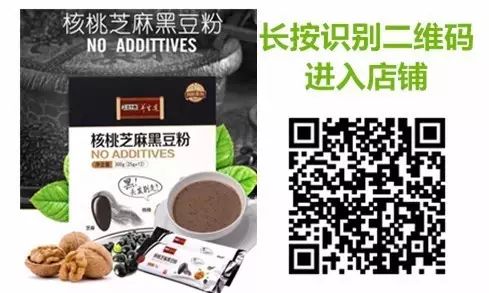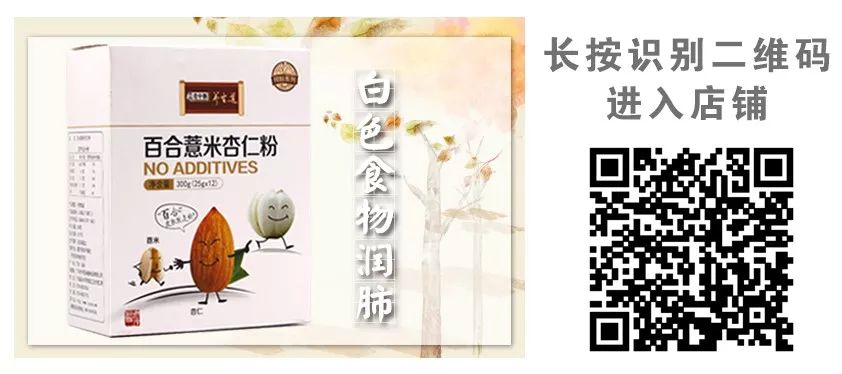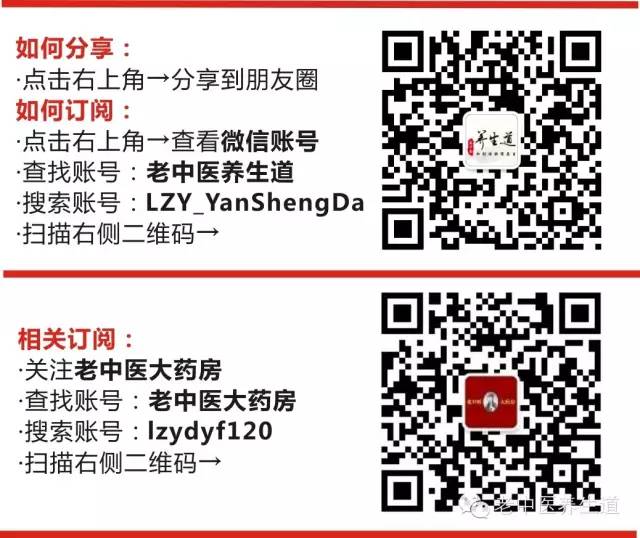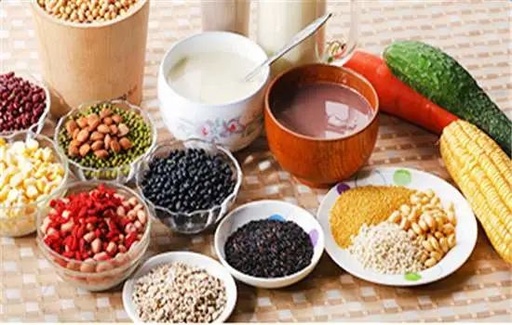According to the “Suwen: On the Timing of Storing Qi” (素问·藏气法时论第二十二), it is stated: “The five grains are for nourishment… their flavors are harmonious, and they are consumed to replenish essence and vital energy.”
The five grains, as referred to by ancient people, include japonica rice (粳米), adzuki beans (小豆), wheat (小麦), soybeans (大豆), and millet (皇黍). In modern times, it generally refers to various grains that serve as the staple food for nourishing the human body. The five grains are rich in carbohydrates, proteins, and fats, with a nutritional composition that aligns well with human needs. The dietary habits of the Chinese people primarily rely on carbohydrates as the main source of energy, while the growth and repair of the body mainly depend on proteins. Therefore, the saying “the five grains are for nourishment” is consistent with modern nutritional science.

From the perspective of Traditional Chinese Medicine (TCM), the so-called “five grains for nourishment” refers to the seeds of plants. A small seed buried in the soil can sprout in the spring of the following year, grow, and eventually develop into a complete plant. This illustrates that seeds possess vigorous vitality and encapsulate all the essence of the plant. Seeds are the quintessence of the plant’s growth through the four seasons, embodying the seasonal energies of spring, summer, autumn, and winter, and maintaining a balance of the four seasonal qi. A balanced qi is essential for health, which is why our ancestors wisely designated them as staple foods, reflecting profound significance! If we only analyze from a nutritional or chemical perspective, we cannot comprehend the “vitality” of seeds. For instance, if we were to bury a nutrient tablet with the same chemical composition as a wheat seed in the soil, water it, and fertilize it, it would never sprout in a million years. Why? Because the tablet lacks “life force,” or vitality. Thus, our ancestors, in observing the natural world, naturally considered “life force” and referred to it as “vital energy” or “yang qi.” This means that when we consume staple foods, we are not only ingesting various chemical nutrients but also the “yang qi” of the grains.

Therefore, to assess whether a food is nutritionally adequate, we must not only examine its chemical composition but also perceive whether its “qi” is balanced. Different plants possess different “qi,” with varying degrees of cold, heat, warmth, and coolness, which cannot be tested through chemical means. The five grains, as staple foods, are the most important components of our diet, as wheat, japonica rice, white rice, and millet are all sweet in flavor and neutral in nature, possessing the effects of “tonifying the spleen and kidneys, benefiting qi and blood, promoting muscle growth, and harmonizing the five organs.” However, modern refined rice and white flour have had their seed coats and germ removed during processing, damaging the vitality of the seeds and lacking life force. Rice soaked in water cannot sprout, significantly reducing its nutritional value. Therefore, it is best to consume whole seeds, which are coarse grains that have not undergone fine processing, preserving their original vitality and abundant grain qi, thus best nourishing the body’s vital energy.

Copyright Notice: Some text and images are sourced from the internet, and the copyright belongs to the original creators. They are used solely for sharing purposes. If there is any infringement, please contact us for prompt removal.
Traditional Chinese Medicine Health Preservation
We are willing to share useful and objective health preservation articles that you need.
We are willing to provide you with suitable, natural, and reliable health preservation products.
Traditional Chinese Medicine Health Preservation, your humble paving worker on the road to health.

To purchase products, click “Read the Original Text“

